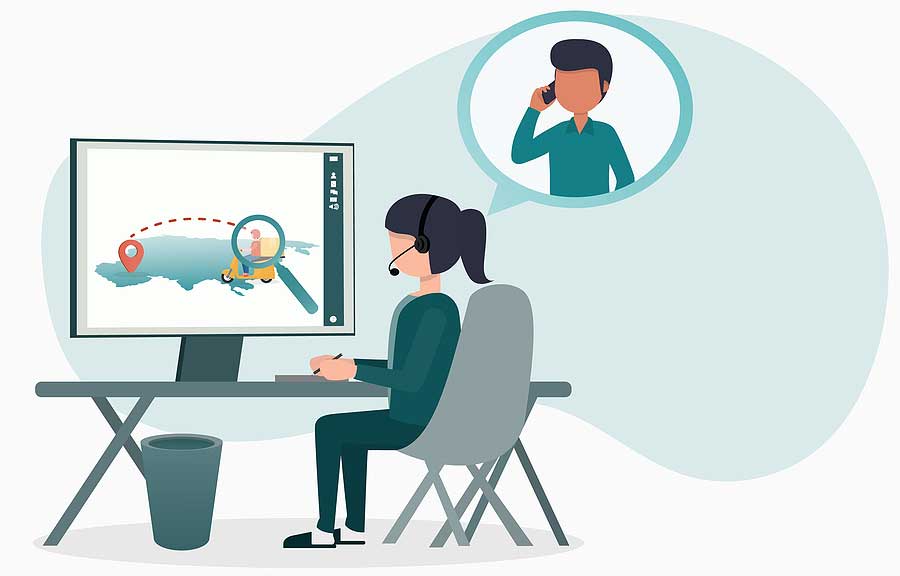Mastering your customer’s journey is crucial to your organization’s success, and conversion funnels are handy tools for that achievement. Conversion funnels are essential for growing your revenue stream and client engagement.
By evaluating each step of the funnel, businesses can uncover opportunities to optimize their efforts and convert more leads into lasting customers. Customers take a unique trip through your company’s conversion funnel as they purchase. As a result, you must capture their attention, establish trusting relationships, and persuade them to act.
What Is A Conversion Funnel
As a marketer or salesperson, you shape the customer’s journey. Conversion funnels, or sales funnels, provide a realistic structure for this process by allowing potential customers to go through several steps until they complete the desired action: a transaction or purchase.
A good conversion funnel reveals where your visitors and target audience are coming from, what they do on your site, and what happens when they convert. This data can be used to improve your marketing efforts and increase conversions. This post will teach you more about target audiences and how to find them.
Marketers can utilize conversion funnels to track customers’ journey from initial interest to final purchase. Understanding the distinct progression of the digital customer experience enables you to find chances to impact each stage.
The Customer’s Journey
Every customer has a unique journey with your company.
The days of a sequential, linear client journey are long gone. Instead, they perform several activities from the minute they become aware of your brand until they attain their goal, each of which needs tailored approaches for an optimal result.
More customer journeys are taking place online, and 80% of consumers place as much value on the experience as they do on the products and services. As a result, you must comprehend online consumer behavior and provide them with relevant digital experiences.
Understanding and optimizing these clients’ journeys enable you to provide an experience that will tempt them to return again and again.
Organizations utilize a variety of conversion funnel models. They are all dependent on the sort of business and customer. They can also differ since marketing and sales have slightly distinct models. We will look at the Top, Middle, and Bottom (T/M/B OFU) funnel model, which is more sales oriented and thus more applicable to the performing arts. After all, without an audience, there can hardly be any performance.
The TOFU (Top/Middle/Bottom of the Funnel) refers to the early stages of the customer journey when the primary focus is on raising awareness and generating initial interest in a product or service. For example, the TOFU funnel could function as follows in the performing arts:
Top Of Funnel (TOFU): Awareness
The initial stage in every conversion funnel is to attract visitors. Make the general audience aware of the approaching performance or event. This can be performed via a variety of marketing channels, including social media, email marketing, sponsored commercials, public relations, and so on. The goal is to reach a large number of individuals and capture their attention. Once you’ve piqued their interest, you’ll want to keep them interested. To persuade them to take the next step, you can utilize email marketing campaigns, popups, or even retargeting ads.
Engaging yet informative content is ideal for keeping these visitors intrigued. Reviews, articles, or videos may help maintain their interest. SEO is a fantastic way to identify intent-based inquiries to assist in the development of visible and discoverable digital content.
Middle Of Funnel (MOFU): Build Interest and Tempt them
After making people aware of the show, the following step is to pique their interest and communicate with possible customers. This can be accomplished through sneak peeks, trailers, or behind-the-scenes footage highlighting the performance’s distinctive elements and why it’s worth watching.
Next, you’re attempting to persuade your prospects to buy a ticket. You can emphasize the significance of the performance by stressing the audience’s unique experiences, such as live music and fantastic scenery. They also highlight the artists’ talent and the effort they put into the performance.
Bottom Of Funnel (BOFU): Conversion
Once you’ve persuaded them to buy something, you must move them closer to making a purchase. By providing clear calls to action and a simple ticket purchasing process, the company makes it simple for customers to acquire tickets. They also offer discounts and special packages to entice customers to take the next step.
The TOFU funnel’s purpose in the performing arts is to raise awareness and interest, increase desire, and convert potential customers into ticket-buying customers.
Once you’ve convinced the customer to buy something, you need to move them toward making a purchase.
Closing the sale is the last step. Whether it is physical goods or digital downloads, this is the part where you collect payment and ship out the item.
Dream Warrior Group, a Los Angeles Based web design and digital marketing Company, providing solutions for your online marketing needs. Our expertise includes Redesigning your site as a perfect marketing tool. Call us now at 818.610.3316 or click here.

